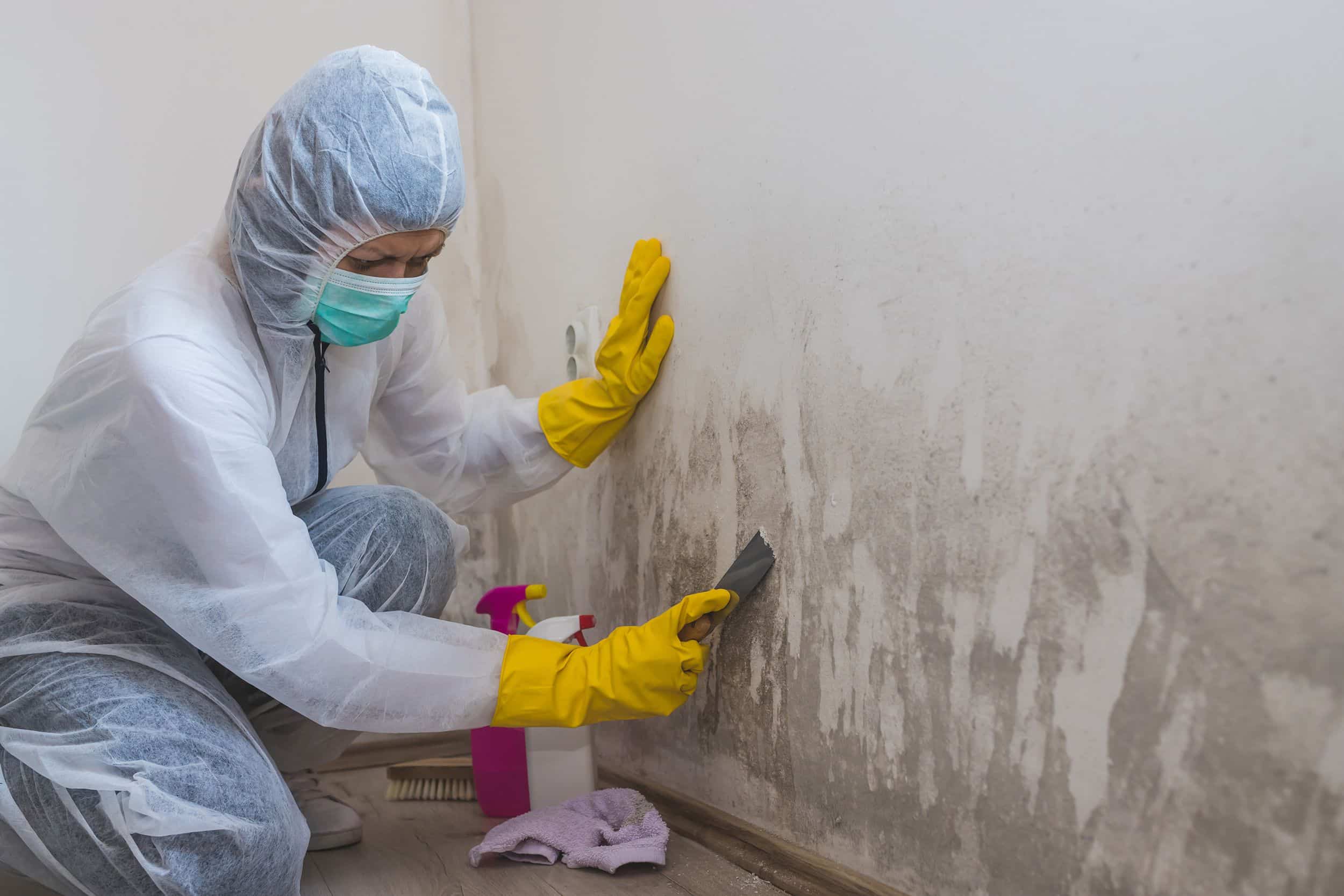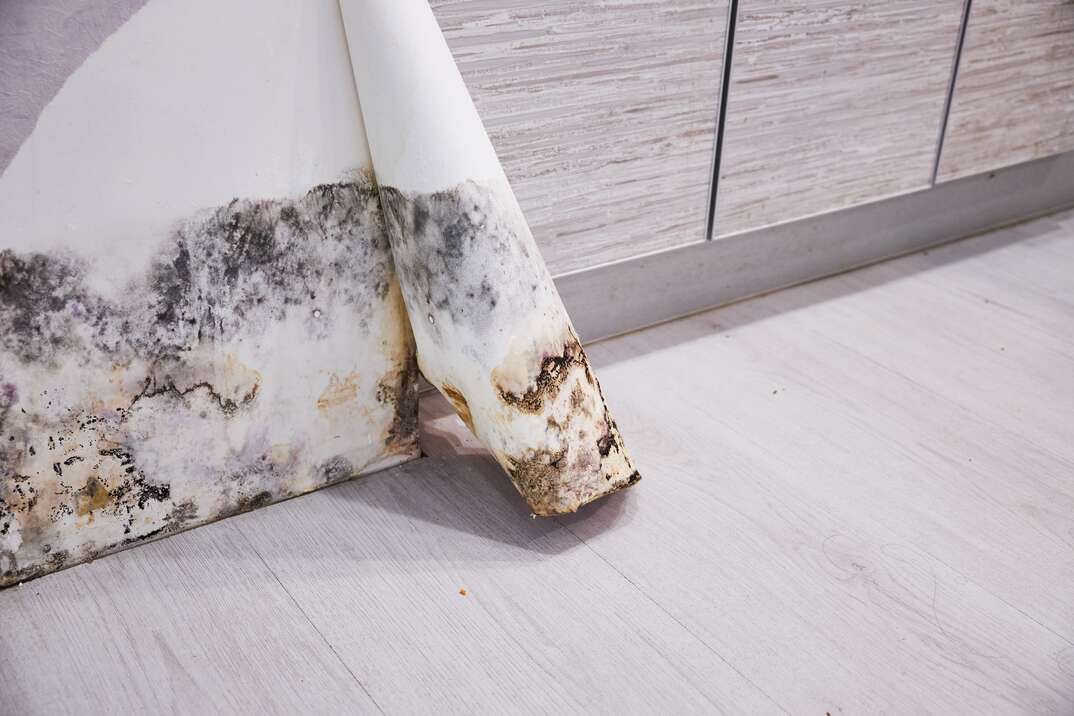Guaranteeing Post Remediation Verification Precision
Effective Post Mold And Mildew Removal Solutions for Your Home
Mold development in homes can be a consistent problem, frequently calling for an organized method for effective post-remediation services. From recognizing the factors that contribute to mold development to applying proper cleansing techniques and moisture control steps, the process can be elaborate yet important for keeping a healthy living atmosphere. what to do after mold remediation.
Comprehending Mold Development Variables
Mold growth is affected by a variety of elements that are crucial to understand in order to successfully attend to and stop its spreading. Recognizing these aspects is vital in executing successful mold and mildew remediation methods. The key variable adding to mold development is moisture. Mold spores call for wetness to sprout and thrive, making wet or moist settings extremely at risk to mold and mildew invasions. Poor air flow can also cause moisture buildup, producing a suitable breeding ground for mold.

In addition, air movement and light direct exposure can impact mold growth. Locations that do not have appropriate ventilation and all-natural light are extra vulnerable to mold and mildew growth. By resolving these aspects comprehensively, people can effectively reduce mold and mildew growth and protect their living environments.
Proper Mold And Mildew Cleaning Methods
Using reliable cleaning methods is necessary in dealing with and avoiding the reoccurrence of mold and mildew contamination in interior settings. The initial action in proper mold and mildew cleaning is to include the damaged location to prevent the spread of spores to uncontaminated locations.

Implementing Wetness Control Measures
To efficiently stop mold and mildew growth and contamination in interior atmospheres, executing moisture control actions is vital. Dampness is the main element that gas mold and mildew growth, making it essential to manage humidity degrees visit the site within the home. One effective action is to use dehumidifiers to keep interior moisture degrees listed below 60%. Furthermore, making sure proper air flow in locations prone to moisture buildup, such as cooking areas and shower rooms, can help reduce the danger of mold and mildew development. Consistently evaluating and repairing any leakages in plumbing, roofs, or windows is likewise vital in protecting against excess dampness accumulation. Utilizing exhaust fans while cooking or bathing, and enabling air blood circulation by maintaining furnishings somewhat far from walls can aid in wetness control. Additionally, using moisture-resistant products in high-humidity areas, such as mold-resistant drywall and paints, can be useful. By carefully carrying out these wetness control actions, home owners can successfully decrease the chance of mold and mildew recontamination and keep a healthy and balanced interior atmosphere.
Using Natural Removal Solutions
After successfully carrying out dampness control measures to avoid mold growth in indoor atmospheres, homeowners can now check out the performance of natural remediation check it out options in keeping a healthy and balanced space. All-natural remediation solutions use eco pleasant methods to fight mold and mildew, making them a prominent selection for those looking for safe options. One such remedy is utilizing vinegar, an all-natural antimicrobial representative, to disinfect and clean surfaces contaminated by mold and mildew. Simply weaken vinegar with water and spray it onto the impacted areas, enabling it to sit for a few hours before wiping clean. Furthermore, tea tree oil, understood for its antifungal homes, can be blended with water and sprayed onto mold-infested surface areas to inhibit additional growth. One more natural option is hydrogen peroxide, which can successfully kill mold on different surface areas without leaving dangerous deposits behind. By incorporating these natural removal remedies right into their cleaning regimens, property owners can efficiently combat mold development while promoting a healthier interior environment for themselves and their families.

Preserving a Mold-Free Setting
Regularly inspecting locations vulnerable to mold development, such as shower rooms, kitchen areas, basements, and attic rooms, is important. Proper air flow in areas with high humidity degrees is likewise key to avoiding mold development.
Furthermore, keeping sanitation in the home is crucial for mold prevention. Keeping interior plants in check and making certain appropriate drain in outdoor landscape design can decrease dampness accumulation, reducing the chance of mold infestations.
Verdict
To conclude, it is essential to attend to mold development elements, make use of appropriate cleaning methods, implement wetness control measures, use natural removal solutions, and preserve a mold-free environment in order to successfully deal with article mold remediation in your house - Post Mold Remediation Report. By adhering to these techniques, you can protect against mold from persisting and ensure a healthy and balanced living environment for you and your family
The main variable contributing to mold development is dampness. Mold linked here and mildew spores require dampness to thrive and germinate, making damp or wet settings highly at risk to mold invasions.To successfully avoid mold and mildew development and contamination in interior settings, implementing moisture control steps is critical. Furthermore, making sure correct air flow in areas prone to moisture accumulation, such as kitchens and shower rooms, can help lower the risk of mold development.After efficiently applying dampness control actions to prevent mold and mildew development in indoor environments, house owners can currently check out the efficiency of natural remediation services in maintaining a healthy and balanced living room.